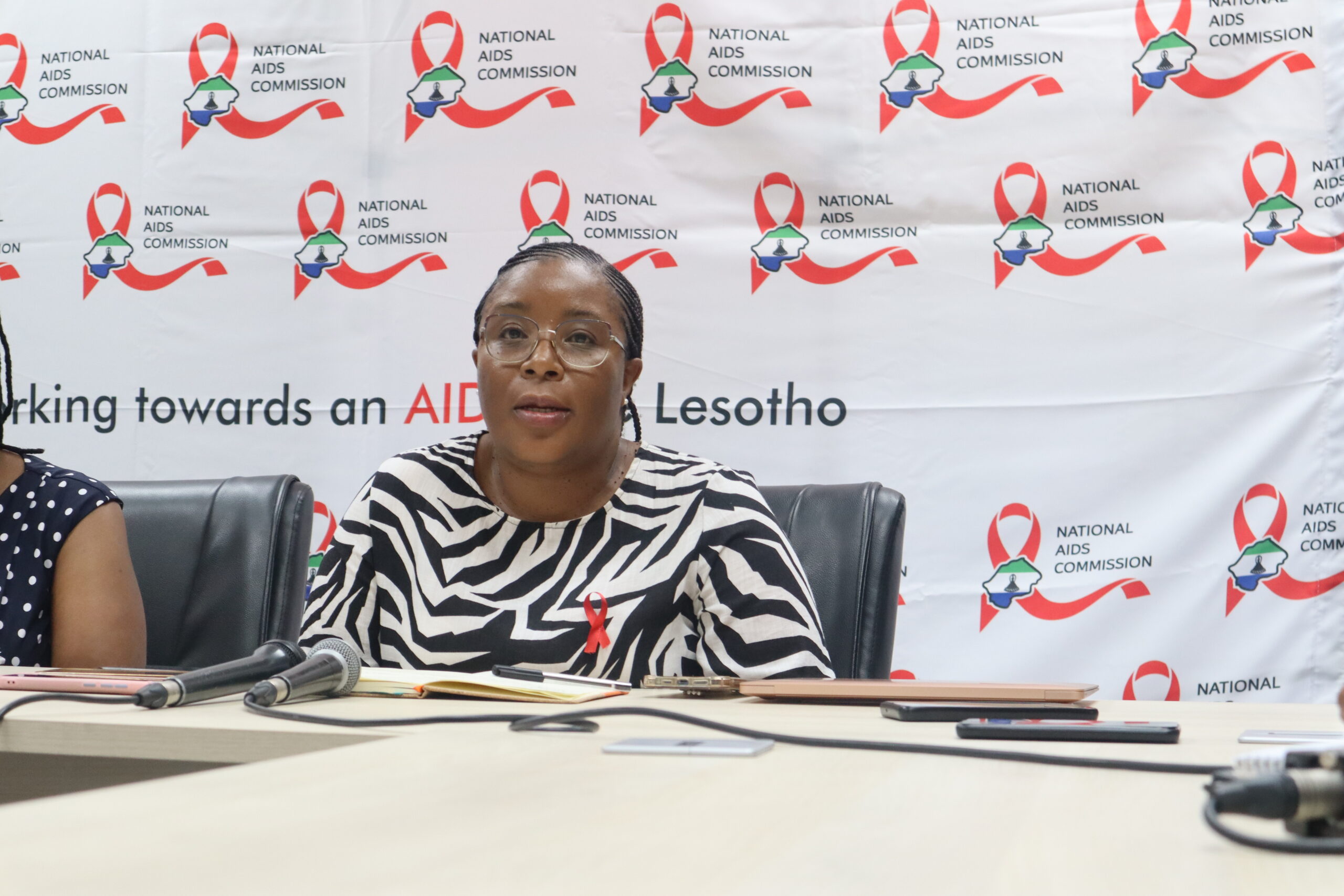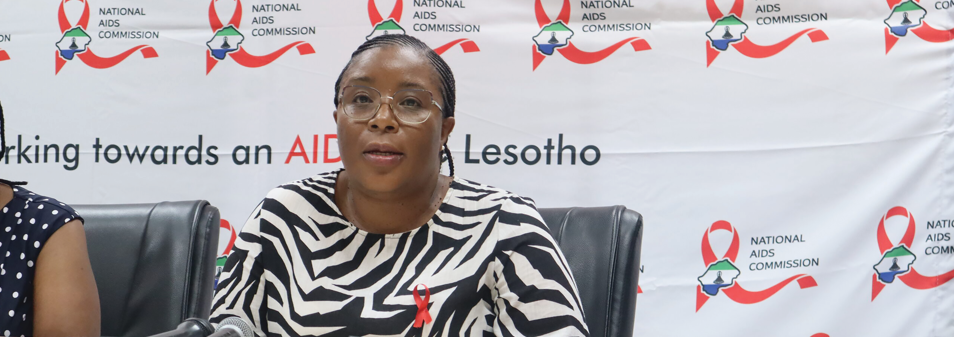Ntsoaki Motaung
Tuberculosis is still one of the major causes of death in Lesotho, killing thousands every year, according to experts.
An estimated 4800 people died from a cause attributed to TB in 2020, the Chief Executive Officer (CEO) of the National AIDS Commission (NAC), Lebohang Mothae, said this week.
“The majority of these TB-related deaths were estimated to have occurred in people living with HIV,†Mothae said.
She said this on the first day of the two-day stakeholders’ consultation meeting aimed at the development of the National HIV and AIDS Strategic Plan (NHASP) 2023/24 – 2027/28.
The new NHASP is being developed because the current one comes to an end at the end of this month.
Mothae told the gathering that although there was a decline in the number of AIDS-related deaths, they were concerned that there are still people who are dying due to AIDS.
“We have only moved from 4.9 percent to 4.7 percent of deaths related to AIDS,†she said.
4.7 percent of AIDS-related deaths, according to Mothae, meant that there were still a lot of people who die of AIDS despite the government’s efforts of providing treatment, and HIV services in all hospitals and clinics even in remote areas.
“The HIV and AIDS services including treatment are for free, why do we continue to have people dying of AIDS, what is it that we are not doing and what is it that we should be doing?†she queried.
“In these circumstances, I do not think it is acceptable in any way to have people dying of AIDS. But we also realise that the connection of between HIV and AIDS and TB has played a role,†she added.
She said with the stakeholders’ consultation, participants would set new HIV and AIDS national targets that the country would strive to achieve in pursuit of ultimately ending AIDS as a public health threat by 2030.
According to NAC the new strategic document will build on the country’s successes, address the gaps and weaknesses of the national response, and take advantage of the opportunities to scale up effective and high-impact interventions in line with national, regional, and global perspectives.
The plan will also bolster the multi-sectoral response, strengthen community-led responses, apply a gender and human rights lens, and maintain and sustain the gains made throughout the years.
Lesotho has the highest TB incidence globally with an estimated 654 cases per 100,000 for a population of around two million, according to the Partners In Health (PIH).
“Due to the double burden of HIV, 62 percent of TB patients are co-infected with HIV,†PIH said in August last year.
Hlompho Motsoasele, NAC’s monitoring and evaluation officer said through the NHASP 2018/19-2022/23 the country set to reduce new HIV infections by at least 50 percent from 13,300 in 2017.
It also aimed to reduce AIDS-related deaths by 50 percent from 4,900 in 2017 and eliminate mother-to-child transmission of HIV from 11.3 percent to less than five percent by 2023.
Motsoasele indicated that according to the mid-term review of the NHASP 2018/19-2022/23, new HIV infections were reduced by about 55 percent.
“The country saw 4.08 percent reduction from the baseline of an estimated 4900 to 4700 AIDS-related deaths. Therefore, Lesotho has not reached its set target.
“While Lesotho has not yet attained the target of less than five percent mother-to-child transmission of HIV, the achievement of 6.4 percent is still a significant improvement from 11.3 percent in 2017,†he said.
He further indicated that the drivers of the HIV epidemic included poverty and unemployment leading people to risky behaviours, stigma and discrimination, multiple concurrent sexual partners, low condom use, sexual violence, intergenerational sexual relationships and low levels of comprehensive knowledge of HIV transmission and prevention.
Pepukai Chikukwa, Country Director at UNAIDS, said with the global AIDS Strategy (2021–2026) seeks to reduce the inequalities that drive the AIDS epidemic and put people at the centre to get the world on track to end AIDS as a public health threat by 2030.
Chikukwa said the Global AIDS Strategy 2021-2026 “is a bold new approach to use an inequalities lens to close the gaps that are preventing progress towards ending AIDSâ€.
She said: “The Global AIDS Strategy aims to reduce these inequalities that drive the AIDS epidemic and prioritize people who are not yet accessing life-saving HIV services.â€

Your Trusted Source for News and Insights in Lesotho!
At Newsday Media, we are passionate about delivering accurate, timely, and engaging news and multimedia content to our diverse audience. Founded with the vision of revolutionizing the media landscape in Lesotho, we have grown into a leading hybrid media company that blends traditional journalism with innovative digital platforms.












